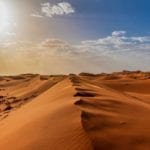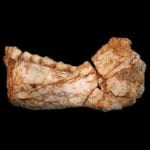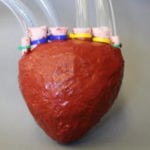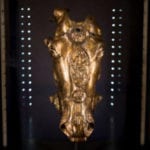 Mysteries
Mysteries  Mysteries
Mysteries  Creepy
Creepy 10 Scary Tales from the Middle Ages That’ll Keep You up at Night
 Humans
Humans 10 One-of-a-kind People the World Said Goodbye to in July 2024
 Movies and TV
Movies and TV 10 Holiday Movies Released at Odd Times of the Year
 Politics
Politics 10 Countries Where Religion and Politics Are Inseparable
 Weird Stuff
Weird Stuff 10 Freaky Times When Famous Body Parts Were Stolen
 Miscellaneous
Miscellaneous 10 Interesting Things Manufacturers Stopped Making and Why
 Gaming
Gaming 10 Funny Tutorials in Games
 History
History 10 Fascinating Little-Known Events in Mexican History
 Facts
Facts 10 Things You May Not Know about the Statue of Liberty
 Mysteries
Mysteries 10 Devastating Missing Child Cases That Remain Unsolved
 Creepy
Creepy 10 Scary Tales from the Middle Ages That’ll Keep You up at Night
 Humans
Humans 10 One-of-a-kind People the World Said Goodbye to in July 2024
Who's Behind Listverse?

Jamie Frater
Head Editor
Jamie founded Listverse due to an insatiable desire to share fascinating, obscure, and bizarre facts. He has been a guest speaker on numerous national radio and television stations and is a five time published author.
More About Us Movies and TV
Movies and TV 10 Holiday Movies Released at Odd Times of the Year
 Politics
Politics 10 Countries Where Religion and Politics Are Inseparable
 Weird Stuff
Weird Stuff 10 Freaky Times When Famous Body Parts Were Stolen
 Miscellaneous
Miscellaneous 10 Interesting Things Manufacturers Stopped Making and Why
 Gaming
Gaming 10 Funny Tutorials in Games
 History
History 10 Fascinating Little-Known Events in Mexican History
 Facts
Facts 10 Things You May Not Know about the Statue of Liberty
10 Surprising Things We’ve Learned From The Desert
Deserts can be seen as bland and barren places, making up roughly 33 percent of the Earth’s land surface. Vast and mostly uninhabited, they can be hot or cold. The largest is the Antarctic polar desert at 14.2 million square kilometers (5.5 million mi2), followed closely by the Arctic.
Although these regions are always marked by their lack of precipitation, a variety of plants and animals with unique qualities call the desert home. In addition, these otherworldly landscapes hold more secrets than one might think. Millions of years of history are buried in the dunes and ice along with prospects for our future.
Here, we explore a few unexpected discoveries and common misconceptions about these overlooked terrains.
10 How To Get Water From Air
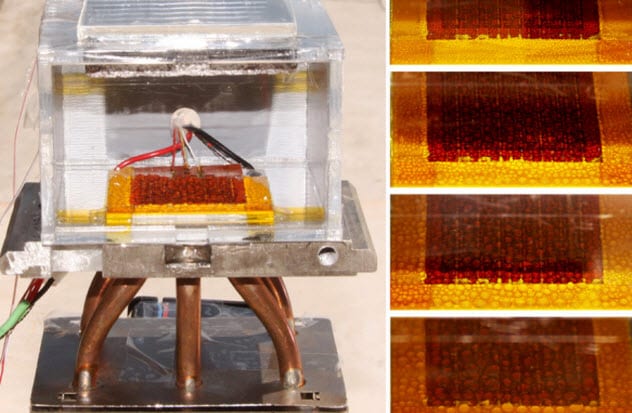
Cacti, desert grasses, and beetles have one thing in common—they collect water from the evening fog and use it to keep hydrated in the arid desert where lifesaving moisture is hard to come by. Bumps on the beetle’s back collect water and then channel it directly into the creature’s mouth. Similarly, cacti and grasses gather water at their tips. The subtle cone shape of their leaves, which is contoured with small grooves, funnels it to their roots.
Observations like these led inventors to create machines like dew harvesters. But newer technology has done one better by allowing us to pull drinkable water from the air with humidity levels of only 10 percent. One such appliance runs on ambient sunlight—perfect for extreme desert situations where the Sun is shining continuously and water is scarce.[1]
9 Desert Dust Is Making It Cold
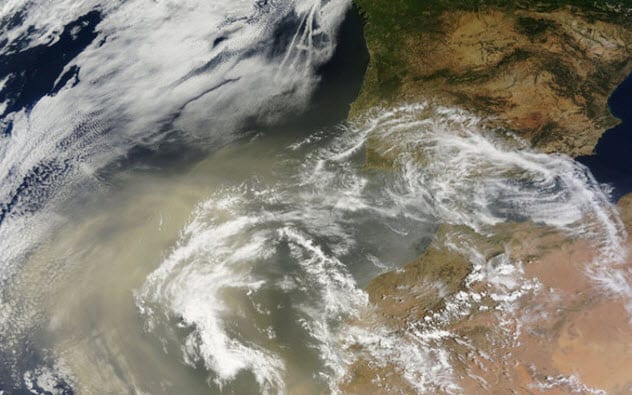
Dust from the Sahara is cooling the Iberian Peninsula. Keeping track of atmospheric dust is becoming increasingly important even though it can be difficult to measure. It affects the amount of solar radiation allowed to pass through our atmosphere.
After observing two significant dust storms, researchers found that the first caused more cooling even though the second storm was more intense. How much each dust storm cools can vary depending on the size and composition of both the storm and the mineral particles themselves.
Distribution of the light’s wavelength also comes into play. Sunlight is usually visible in shortwaves. When this type of radiation hits the particles, it is reflected into space rather than being allowed to continue to the Earth’s surface, thus creating the cooling effect. It turns out that pollution affects how much radiation gets past, too.[2]
8 How Mangroves Store Carbon
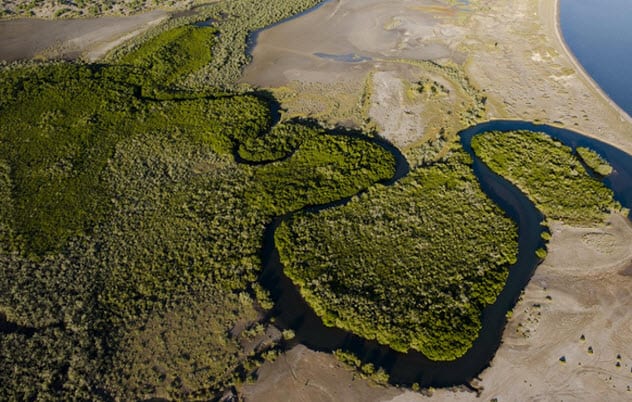
Mangroves growing along the coastal edge of Baja California’s desert—and in desert coastal areas around the world—can store a lot of carbon underground—up to five times more than other tropical trees. It is estimated that these relatively small groups of heat- and salt-loving trees collect up to 30 percent of the region’s belowground carbon.
This type of carbon sink is called blue carbon—that which is stored by oceans and coastal ecosystems like marshes, seagrasses, and algae.
When taking samples from roots at two locations, researchers found a 2,000-year-old layer of peat 4 meters (13 ft) under the trees. Peat acts as a carbon sponge, recording the history of sea level rises.
This is only true of mangroves growing in rocky inlets where they have a need to create their own soil to stay rooted. Mangroves living in areas without much tide tend to store more, as water rushing in can flush carbon out. Those in flatter areas migrate as sea levels rise, shifting with the shoreline and therefore accumulating less peat and storing less carbon.[3]
Unfortunately, mangroves are often removed to make room for developments and other man-made constructions. When this happens, thousands of years’ worth of carbon is released into our atmosphere.
7 Discover Microbial Life On Mars
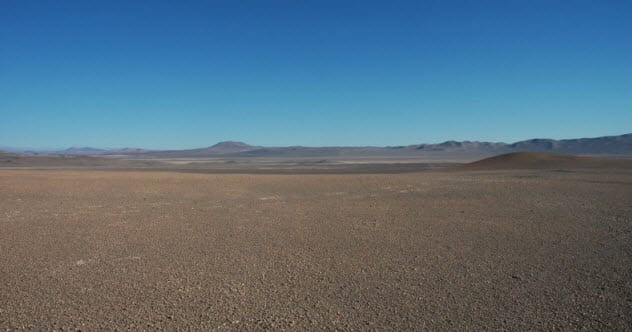
Chile’s Atacama Desert is the driest nonpolar desert on our planet and one of only a handful of places on Earth that resembles conditions on Mars. Remarkably, researchers have found microbial life in this dusty, hostile landscape, proving that a limited ecosystem could exist on Mars.
Unsurprisingly, microbes lived well after rainstorms but began to die off again after long spells without water. However, it turns out that some microbes evolved to stay alive during droughts.
Lying a few feet below the Earth’s surface, they enter into a kind of dormancy until the rains come again. It is believed that microbial communities can survive this way for hundreds or even thousands of years.[4]
6 How Sand From The Desert Melts Snow In The Mountains
Not only could dust be cooling temperatures, it might be melting snow, too. Scientists have been observing how the Utah desert could be impacting snow melts in the Wasatch Mountains. They measured both the dust in the air and in the snow. When dust collected on the snow, they found that it melted a week earlier.[5]
Computer modeling showed that dust from a particularly severe storm came from a dry lake bed, which was created recently by declining water levels. Some believe that maintaining a minimum water level would diminish this problem when enforced by strict water rights or public policy.
Cities rely on the snow not only as a water source—a staggering 85 percent of Utah’s population lives within a 24-kilometer (15 mi) radius of the Wasatch Mountains—but also as revenue for adventure-seeking snow sport enthusiasts.
5 There Are Desert Glaciers—And They Can Shrink During An Ice Age
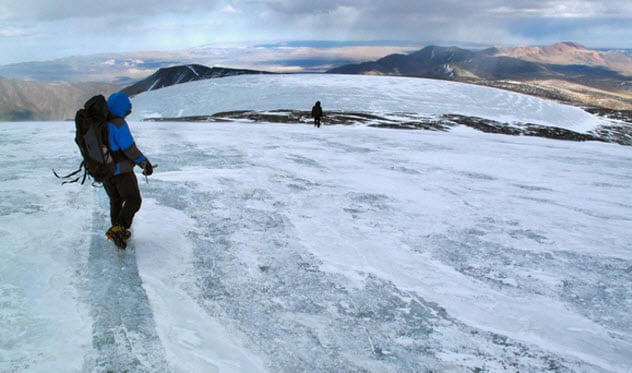
Can glaciers shrink in the midst of an ice age?
They can. In the high altitude of Mongolia’s Gobi Desert—the world’s fifth largest at about 1.3 million square kilometers (500,000 mi2)—some glaciers were found to have started growing thousands of years after the ice age was over.
Others in damper parts of the country dated from the ice age but were at their biggest more than tens of thousands of years before the glacial period. Worldwide, most glaciers were at their largest during the ice age.[6]
This conclusion was reached by using a dating technique that measures changes in rocks after being exposed by glacial melt. Most of the Gobi is made up of rock as opposed to sand. Researchers were so surprised by the results that they hurried back to double-check.
Lack of precipitation in the cold, dry environment of an ice age made it difficult for the glaciers to accumulate ice. But when the climate warmed, fresh snow added to their size. These high-altitude, desert-stricken “starving glaciers” grow slowly and are less likely to be altered by temperature shifts. They only melt when they are hit by direct sunlight.
4 Aboriginal Australians Were Probably The First To Use Controlled Burning
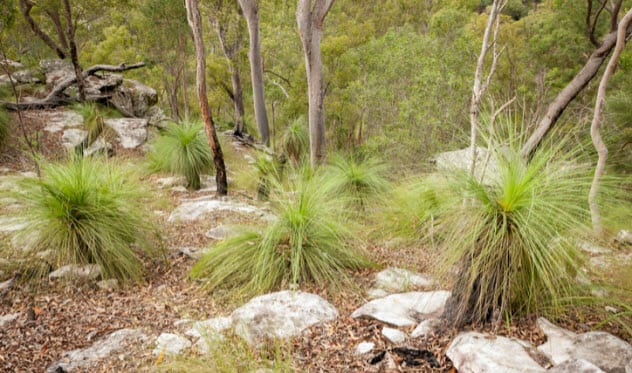
Sure, we all know that controlled burning curbs larger wildfires and protects flowers and other plants. But you probably didn’t know that it is something that Aboriginal Australians have been doing for a while.
They have been using low-intensity fires to clear areas for game hunting and to encourage the growth of plants needed for food. They have done so with the firm knowledge that they are caring for the land, not harming it. Fire is a central part of their culture. The Nyungar tribe’s word for “fire” is karl, and karlup means “place of fire, my home.”
Hot and cool fires must be used in a specific way and be performed at certain times. Depending on the location and type of vegetation, some areas require more time between burns. Cool burns leave seed beds intact and do not destroy the upper layers of the forest.
This is proven in part by the balga tree in southwestern Australia. Careful study of the trees shows that their needlelike leaves fall to the ground in a thatch-like pattern as they die. Then the leaves become part of the trunk, creating dark and light rings that represent growth. In addition, there is a third black mark in the bark that could be green needles that were burned in a fire.
Many of these trees are hundreds of years old. Black marks appear frequently, suggesting that prescribed burning techniques were performed regularly.[7]
3 How A Saharan Dinosaur Can Help Solve The Mystery Of Continental Drift
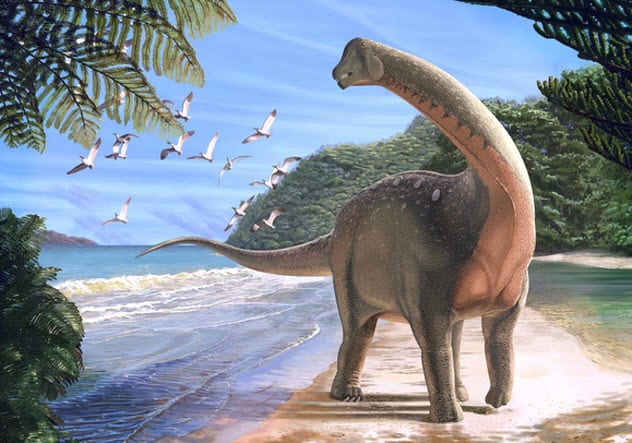
Little is known about the African desert during the Late Cretaceous—specifically, what other animals were living there, how they moved around, and how they were related. We do know that in the early days of dinosaurs, all the continents were joined together as Pangaea. But exactly when it began to break apart is unclear. The discovery of this sauropod has helped to shed some light on the problem.
With many of Africa’s fossils hidden beneath rain forests and other vegetation, the discovery of the Mansourasaurus shahinae fossil in the Sahara has become extremely important. This school bus–sized dino weighed about as much as an African bull elephant and roamed the Earth up to 100 million years ago.
It turns out that Mansourasaurus is more closely related to European dinosaurs than to those in southern Africa and South America, suggesting that there was a land bridge or some way to move from Africa to Europe at the time.[8]
2 How To Live On Mars
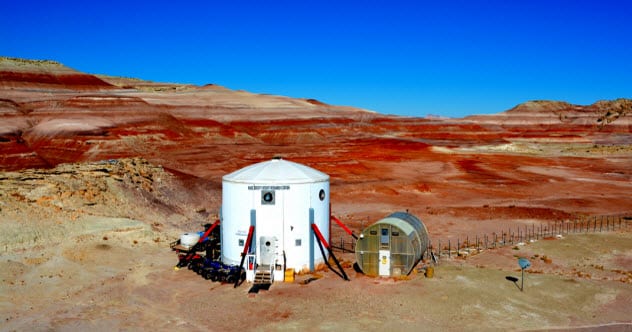
The Mars Desert Research Station created by the Mars Society, which was founded in 1998 by Dr. Robert Zubrin, lies a few miles outside Hanksville, Utah. It might be the closest we can come to living on Mars without actually doing so.
This simulation compound sports several buildings, including a greenhouse, solar observatory, and engineering pod which are all connected by underground tunnels. This allows would-be Martians to move from building to building without needing a space suit. There, astronauts can practice living and conducting research as if they were on the Red Planet itself.
The diverse abundance of flora and fauna as well as the relatively cool temperature make it especially interesting to astrobiologists. While wearing specially designed space suits and platypus packs, they can practice doing fieldwork in extraterrestrial conditions.[9]
Due to their tolerance of extreme conditions, fungi, lichens, algae, and cyanobacteria could be similar to life that we might find on Mars. These plants could serve as a model system in the search for life on our neighboring planet.
1 Common Desert Bush Used To Fight Brain-Eating Disease

Compounds in the creosote bush, commonly found in deserts of the southwestern United States and Mexico, have recently been used as an antiparasitic drug against several kinds of infections. This includes Naegleria fowleri, a single-celled organism that causes a rare but often fatal brain-eating disease diagnosed most frequently in southern states.
It lives in freshwater sources and frequently in the silt or soil nearby. (It cannot survive in salt water.) This heat- and bacteria-loving organism thrives at around 46 degrees Celsius (115 °F). It can get into your brain when you inhale contaminated soil or water.[10]
The bush is known properly by two other names: Larrea tridentata (Latin) and gobernadora (Spanish). It is easy to pick out in the desert with its showy yellow flowers, evergreen leaves, and unique turpentine scent.
Native Americans have long used its unique properties to treat a variety of illnesses, including gastrointestinal complaints.
Kate Alsbury is a freelance writer and marketing consultant. She is also the editor of Jalmurra, a journal dedicated to finding the link between science and art. Catch her on Twitter @KateAlsbury.
Read more amazing tales of the desert on 10 Unsolved Desert Mysteries and 10 Astonishing Desert Survival Tales.



